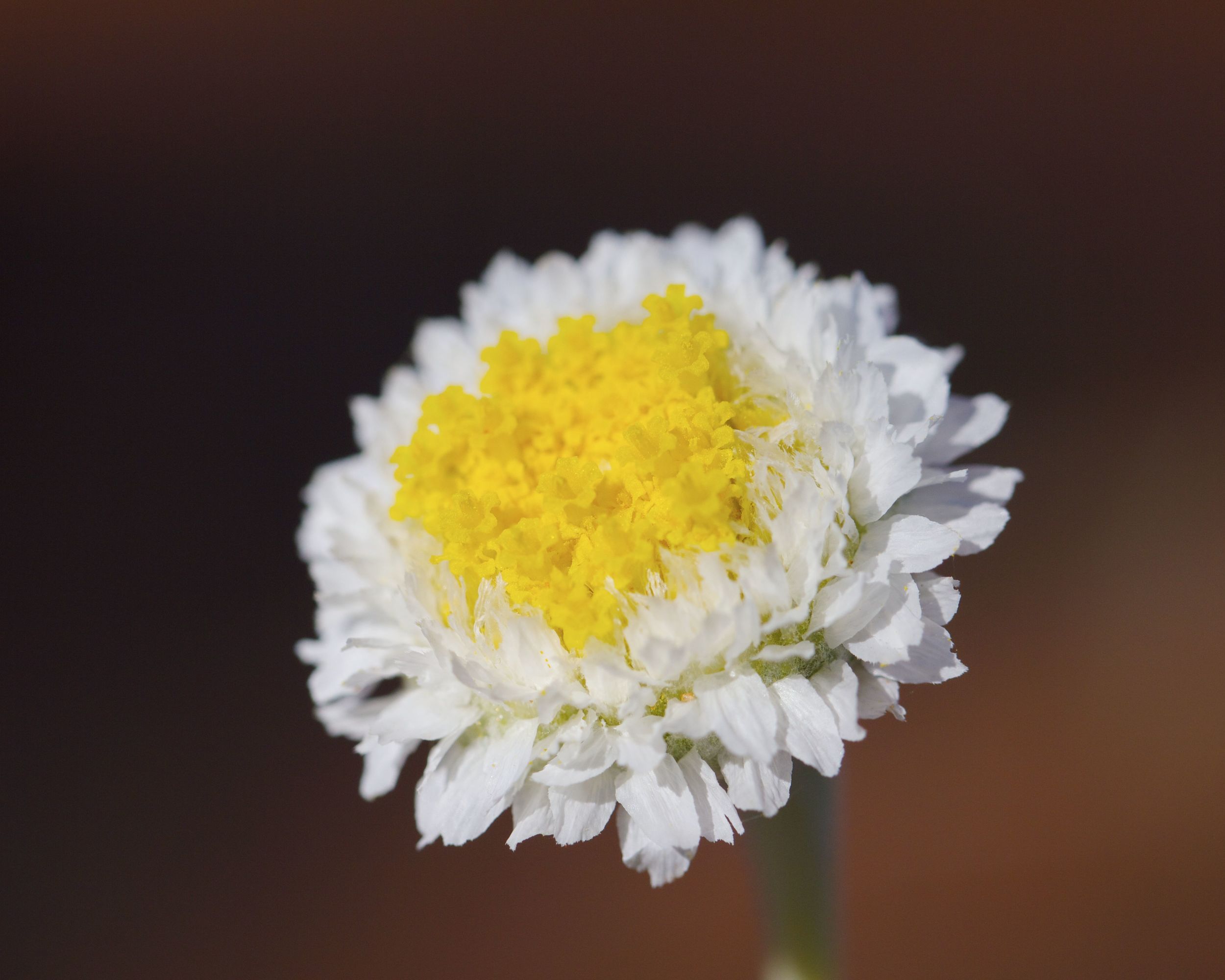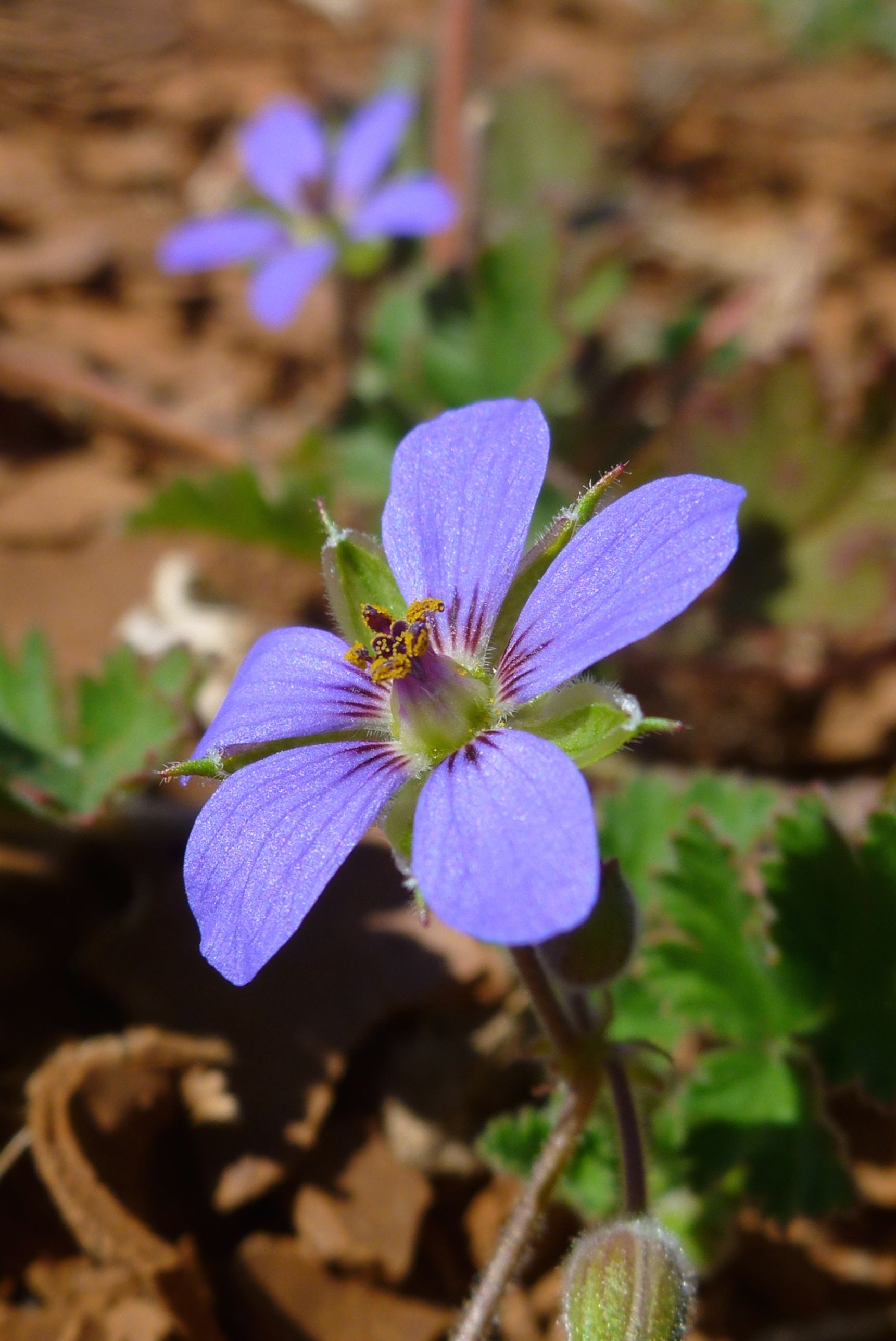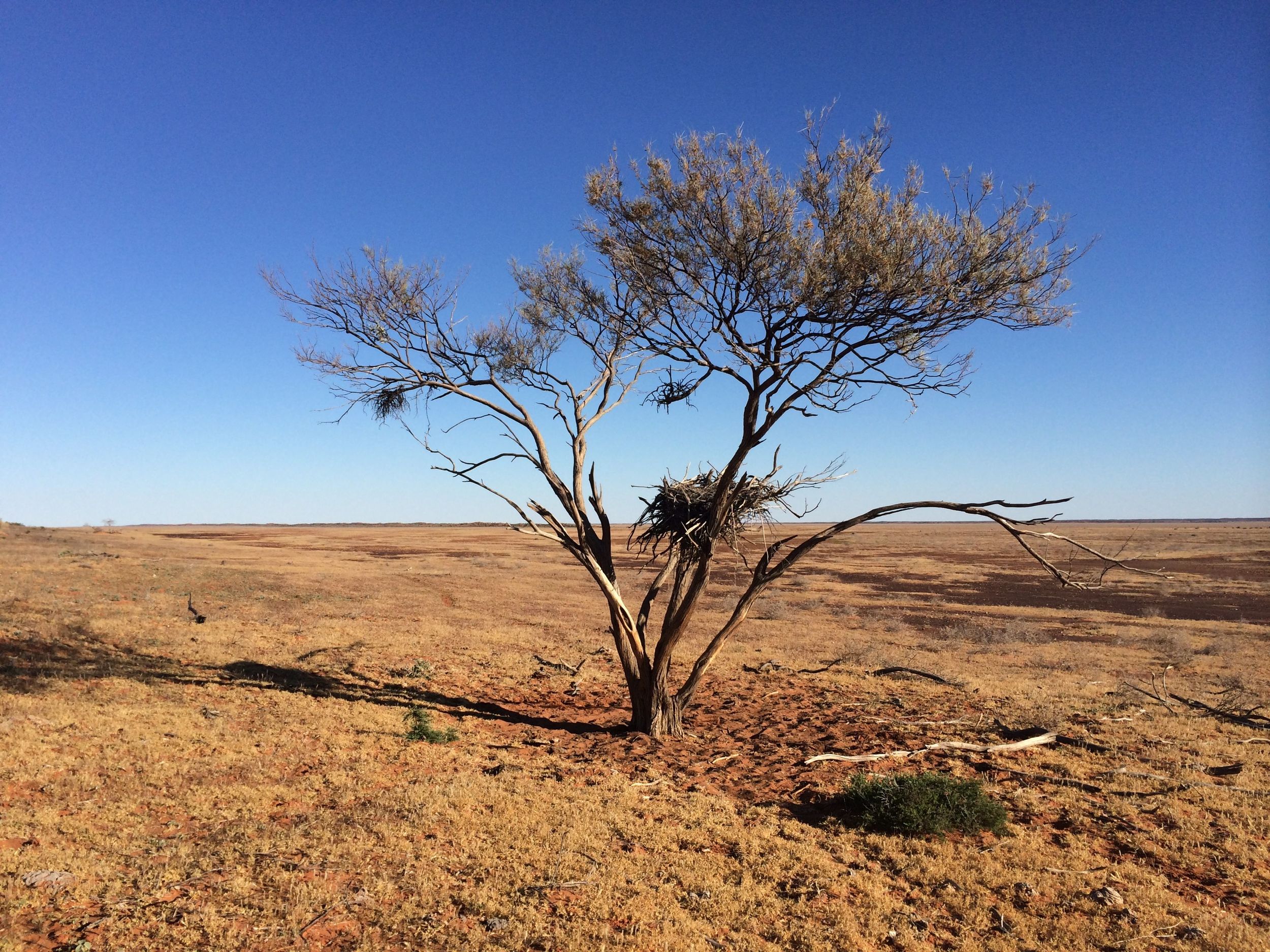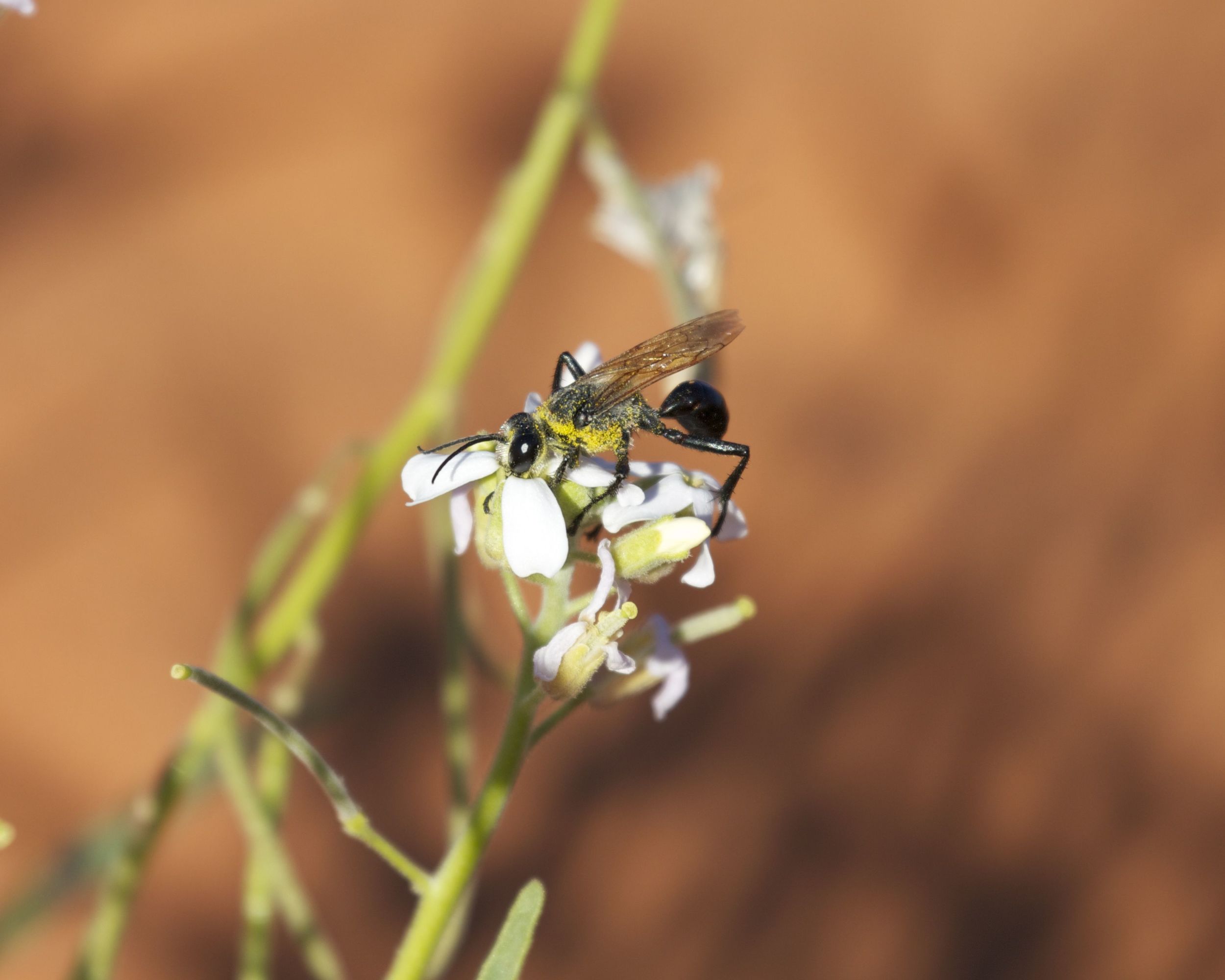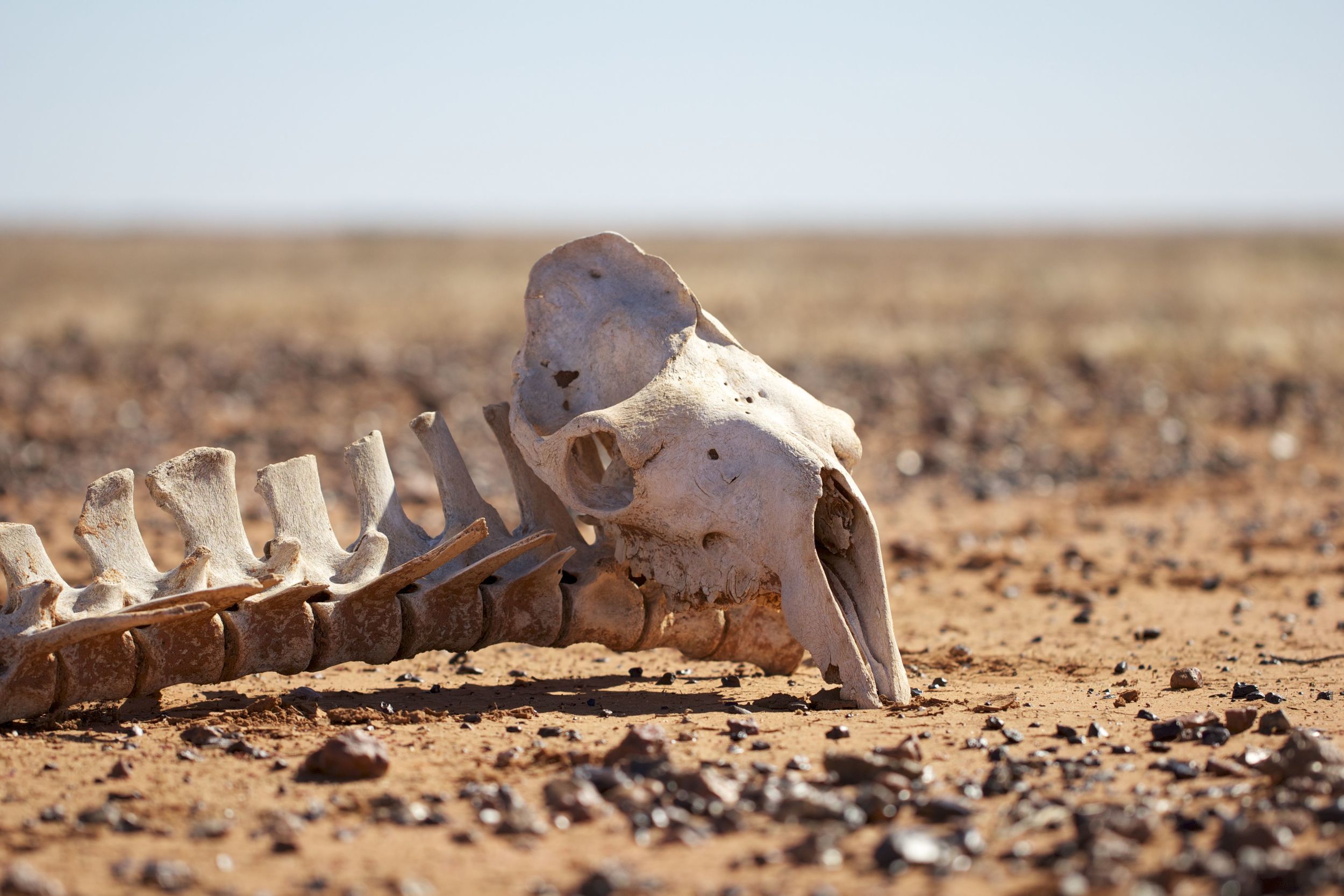The not so barren waseland
/Two new locations bookended my photographic adventures for June. The first was a day trip out to the Finke Gorge National Park, while the second was a four day field trip to Andado Station on the edge of the Simpson Desert; two completely different landscapes. The first with rocky outcrops and escarpments vegetated with a range of grasses, shrubs and trees. The other was dominated by flat, seemingly lifeless gibber plains interspersed with long, parallel sand dunes. While Andado appeared to be a barren wasteland compared to Finke Gorge, on closer inspection it actually had a greatly diverse community of organisms, both plant and animal.
Red Cabbage Palms, Palm Valley, Finke Gorge National Park, NT
Finke Gorge National Park is a part of the West MacDonnell Ranges and is about 2 hours southwest of Alice Springs. And they are not kidding when they say high clearance 4x4 access only. Palm Valley is one of the more famous locations within the park, known for its population of Red Cabbage Palms (Livistona mariae). With only around 3000 individual plants, which are found nowhere else in Central Australia, this population is evidence of the lush tropical rainforests that once covered the desert. Between the palms and a fairly reliable water source, it is not surprising that Palm Valley is culturally significant to the Western Arrernte people.
Kalaranga Lookout, Finke Gorge National Park, NT
A short walk up to the Kalaranga Lookout afforded spectacular views of the amphitheatre of cliffs on one side and the undulating terrain down to Palm Valley itself on the other. It quickly became apparent that I really need to work on my photography skills to capture such scenery on ‘film’. The rocks were distinctly layered, again evidence of a very different ecosystem in years past. But it was what I like to call the Central Australian colour scheme that took my breath away. It’s that intense contrast of the brilliant blue sky against the vibrant red rocks that I find so iconic and so very beautiful. Finke Gorge also has the added bonus of a variety of greens provided by a range of vegetation, punctuated by specks of bright colours in the form of surprisingly robust wildflowers.
A multitude of bush birds flitted about our heads and sang proudly as we wandered along the Mpaara Walk. Taking our time, we crossed the bowl of the amphitheater and climbed as high as injuries and poor fitness allowed. There is something indescribable about getting up high and being able to look out over the land. It was up amongst the rocks that I saw the tiny golden ants. Less than a centimetre long, they were distinctly metallic, even to the naked eye.
Sadly, I do not have a confident identification for these pretty little critters. Some friends have suggested that they are the workers from a colony of honey ants, while others know them only colloquially as ‘Golden-bums’. The Australian Museum website has me thinking that they are possibly Golden-spined Ants (Polyrhachis ammon), but the descriptions are sketchy at best. Australian ant dichotomous keys are available online, but I struggled to get past the first descriptor without a degree in entomology. So if anyone out there happens to know what they are, please drop me a line through the contact page or email hopleysphotographs@gmail.com I’d love to find out!
A friend is currently researching the Plains Mouse (Pseudomys australis) for her PhD as part of the Desert Ecology Research Group from the University of Sydney. Having assumed that all native ‘mice’ were in fact marsupials, I was surprised to discover that the Plains Mouse (or Plains Rat) is in fact both a rodent and a native. Unlike marsupials, rodents do not have a pouch. What they do have, are continually growing incisors. These teeth are slowly ground away by gnawing on hard foods like seeds. Interestingly, the act of biting sharpens the teeth as the top and bottom teeth slide past each other, wearing away the softer inner surface and honing the harder outer surface into a blade.
These vulnerable native rodents are closely associated with the cracking soil plains in South Australia and southern Northern Territory. Populations around Andado, on the edge of the Simpson Desert have been monitored and studied for a number of years, and so with cars loaded up with swags and Elliott traps, this was where we headed.
A combination of clay, sand, gypsum plus very specific geological conditions and processes result in a substrate that expands and collapses on itself in a sort of self-mulching way. The constantly shifting soil allows the smaller particles to settle between the larger pebbles, pushing the polished rocks to the surface. The collapsed soil forms holes and cracks which the Plains Mouse use for shelter from predators and as a head start on their burrows. From the perspective of a heavy, clumping human, the ground feels spongy to walk on but looks like fancy conglomerate paving.
Expanse of cracking clay plains, Simpson Desert, NT
We were working fairly near to the Mac Clark Conservation Reserve, which contains a fenced stand of the rare Acacia peuce. These surprisingly tall trees (up to around 15-17 metres) are very conspicuous against the flat horizon of the gibber plain. While they grow outside the conservation reserve at Mac Clark, they are found only around Andado in the Northern Territory and in only two other locations in Australia, both in Queensland.
Sunrise at Mac Clark Conservation Reserve, Simpson Desert, NT
The third ecosystem in Andado is made up of well-vegetated sand dunes. These ancient, semi-solidified dunes mark the beginning of the Simpson Desert. They run parallel to each other and stretch for kilometres towards the epic horizon. It was on the dunes that we found the greatest diversity in both plant and animal species, but even the gibber plains were home to a surprising range of different grasses and wildflowers that had sprung up as a result of rain a few weeks earlier.
Vegetated sand dunes, Simpson Desert, NT
It was not just the plants that were responding to the rain. Inland Dotterels (Charadrius australis) were regularly sighted in decent sized flocks at every trap site and roadside. As a ground nester, they lay their eggs directly on the ground, relying on the camouflage of their eggs to protect them rather than any actual nest. Very dedicated parents will watch any potential predator approach, slink off through the sparse undergrowth away from the eggs and then put on a very convincing broken wing display. Pitiful calls and fluttering suddenly draw your attention to the adult bird, which then flops and stumbles away from you. This behaviour is as affective with a photographer as with a predator, because I found myself following the bird, which was clearly leading me away from its offspring. Once an appropriate distance had been achieved, the bird is miraculously healed. Presumably, in the case of an actual predator, the adult bird will then fly off and sneak back to its eggs. In my case, happy with the distance between its eggs and us, the adult was happy to pose for photographs.
Inland Dotterel, Simpson Desert, NT
Broken wing display from an Inland Dotterel, Simpson Desert, NT
Cinnamon Quail-thrush (Cinclosoma cinnamomeum) and Gibberbirds (Ashbyia lovensis) were also in attendance as well as Eyrean Grasswrens (Amytornis goyderi), although I only got the fleetest of glimpses of the latter.
The loose sand of the dunes was crisscrossed with myriad tracks, from insects, legless lizards, birds and more distressingly, of cattle and feral cats. So life was clearly abundant and diverse in what we humans tend to perceive as a harsh and unforgiving ecosystem.
Stripe-faced Dunnart, Simpson Desert, NT
Unfortunately, only two Plains Mice were captured and they were both at the other trapping site. The site I was working only managed to catch Fat-tailed (Sminthopsis crassicaudata) and Stripe-faced (S. macroura) Dunnarts. These tiny carnivorous marsupials are more closely related to the Tasmanian Devil and Quolls than to the Plains Mouse. In spite of a mouth full of sharp teeth, these miniature predators failed to inspire fear. Their massive eyes and little paws were just too adorable! And to find one in an Elliott trap was just like being a 6 year-old at Christmas!
In the crisp cold air of winter dawn, you walk the trap line checking each trap. Open traps are disarmed so nothing can be captured during the day when risk of heat exposure, dehydration or ant attack is much more likely. The sight of a closed trap causes the heart to soar. After a cautious peek into the trap to make sure you haven’t caught something like an Inland Taipan, you then tip the trapee into a calico bag to transport to where you can weigh and take other measurements. Working quickly to make sure the animal doesn’t get too cold or distressed from being handled, you check the sex, confirm the species, take your measurements and then return the critter to where it was trapped. Needless to say, finding a Stripe-faced Dunnart in one of my traps was the definite highlight of the trip for me.
Although most of the wildlife photographs I have taken this year have been of birds or invertebrates, this trip confirmed that I am a mammal lover at heart. They are just much harder to find in the desert!






